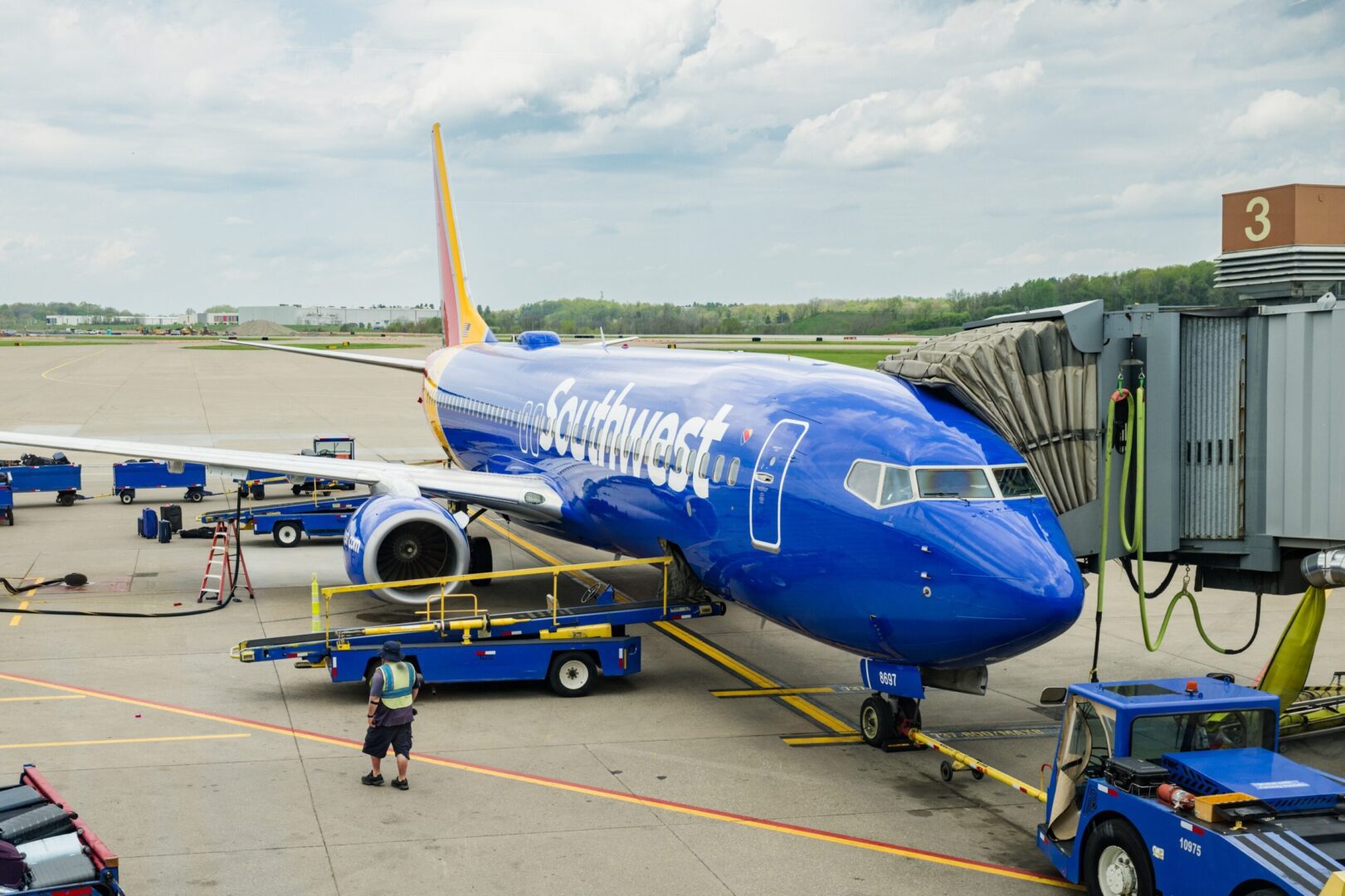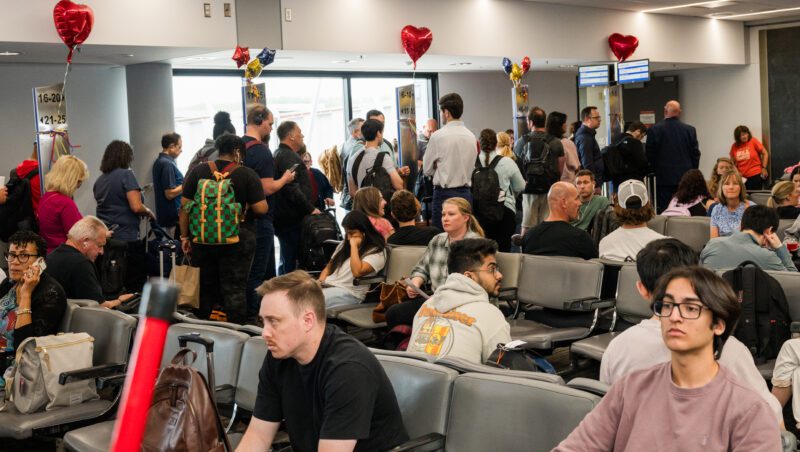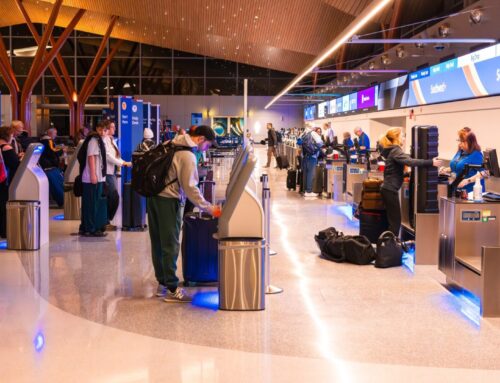Southwest Rolls Out Assigned Seating, Reveals New Boarding Process
CEO also hints at lounges and Europe service as airlines target premium fliers
By Evan Dougherty
Published July 28, 2025
Read Time: 4 mins

Amid its ongoing transformation strategy, Southwest Airlines is going live with its new assigned seating policy, commencing the transition away from its longstanding open seating policy.
Beginning Tuesday, July 29, Southwest fliers will now select seats when booking flights beyond Jan. 27, 2026. The January date will mark the official sunset of Southwest’s unique open seating policy, a staple that lasted more than five decades at the airline.
Southwest will also launch its new boarding process for all flights starting Jan. 27, 2026. The airline will forgo its “A-B-C” groups and stanchions with a traditional-style process featuring eight groups.
Groups One and Two will include Southwest’s top tier members of its Rapid Rewards frequent flier program and customers booked in the carrier’s highest ticket classes. Groups Three through Eight will be for all other passengers and will be organized by seat selection. Holders of Southwest’s Rapid Rewards credit card can board no later than Group Five
Southwest first announced its move to assigned seating last year following an extensive review of customer feedback and preferences conducted by the airline. In a release issued by Southwest last year, more than 80 percent of its current passengers and 86 percent of potential customers preferred assigned seating.
Southwest also cited lack of assigned seating as a primary reason customers switched to competitors. By transitioning to assigned seats, Southwest aims to attract more travelers and expand its appeal.

Southwest passengers at PIT line up to board a flight bound for St. Louis on May 1, 2025. (Photo by Beth Hollerich)
Assigned seating and its new boarding process are among a series of significant changes Southwest is implementing in response to competition and customer preferences emerging from the COVID-19 pandemic.
Among the changes include ongoing cabin retrofits to add extra legroom seating, expanded redeye flying to increase connectivity and aircraft utilization, changes to its checked baggage policy and adjustments to its fare structure.
Southwest has also begun adding airline partners to grow its network internationally. It now interlines with Icelandair through its Reykjavik hub from select U.S. markets, which recently included Pittsburgh, to connect travelers between North America and Europe. In June, Southwest and China Airlines announced an agreement that will link both airlines’ network across the Pacific, first launching at several West Coast markets.
Lounges and transatlantic flights on the horizon?
Other big changes to Southwest’s product offerings could be coming soon to make the airline more competitive with rivals, according to Southwest CEO Bob Jordan.
In an interview with CNBC in June, Jordan acknowledged that Southwest is evaluating adding airport lounges and additional premium seating options in an effort to attract higher-spending customers.
Southwest is also evaluating potential long haul international flights under its own brand. Jordan, however, did not disclose which aircraft Southwest, an all-Boeing 737 airline, could use to reach European cities.
“Whatever customers need in 2025, 2030, we won’t take any of that off the table,” Jordan told CNBC at the Business of Airports Conference hosted by Airports Council International-North America last month. “We’ll do it the Southwest way but we’re not going to say, ‘We would never do that.’”
Lounges and additional premium seating options at Southwest would rival similar offerings from U.S. competitors American Airlines, Delta Air Lines and United Airlines. It would also allow Southwest’s to potentially capture more premium travelers, a strong segment U.S. carriers continue to target, particularly as airline revenues are facing macroeconomic pressures.
Low-cost carriers, like Southwest, and ultra-low-cost carriers are also unveiling new products and adjusting their offerings to capitalize on premium travel.
JetBlue is scheduled to open its first ever lounge at New York John F. Kennedy International Airport later this year, followed by a second lounge at Boston Logan International Airport in 2026. Access to JetBlue’s lounges will become a perk available to its highest-tier frequent fliers and business class passengers.
Like Southwest, JetBlue is also reportedly considering a domestic first-class product that could launch by 2026. A domestic first-class product would significantly add premium seating capacity throughout JetBlue’s network and supplement its existing Mint business class cabin offered exclusively on transcontinental, transatlantic and select Caribbean service.
Ultra-low-cost carrier Frontier Airlines, meanwhile, will soon debut its first-class cabin retrofitted to the first two rows across its fleet. Frontier is expected to begin offering its new premium class for purchase, which will also include complimentary food and beverage service, on flights starting later this year.
In August 2024, Spirit Airlines introduced new bundled fare classes, a transition from its previous al-la-carte model, aimed at providing competitive and flexible premium travel options, including new classes for its Big Front Seat and a guaranteed blocked middle seat.






